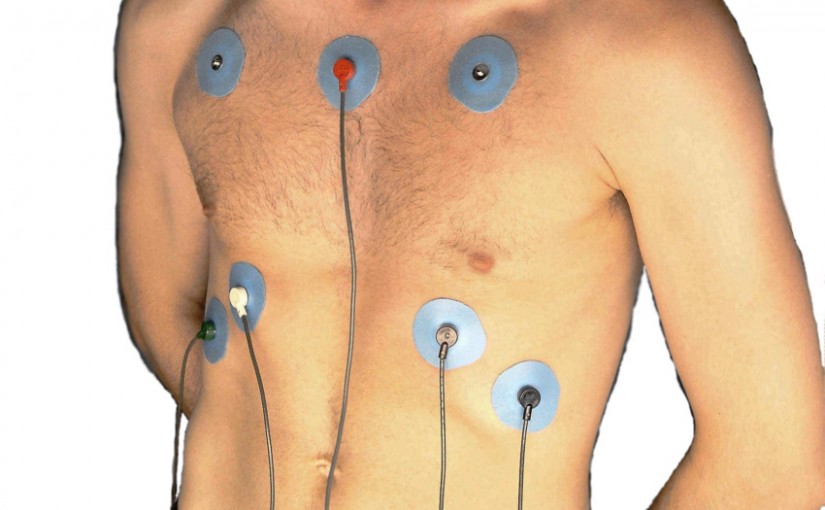Your pet is part of your family—and the last thing you want to do when traveling to visit family over the holidays is leave a member behind.
But while your feelings on the matter may be simple, traveling with pets in tow often isn’t. No matter how you’re getting from point A to point B, there are a number of guidelines, regulations, and fees to prepare for.
Consider these tips to make your trip more enjoyable for both you and your pet:
Before You Leave
A few weeks prior to a trip is a great time to take your pet to the veterinarian for a checkup. This is a perfect time to make sure your pet is in optimal health.
If your pet takes any medications regularly, be sure you have enough to last the full trip. If not, request a refill from the vet during your appointment. This is also a good time to make sure your pet is up to date on all vaccinations, so that s/he is protected against anything s/he might be exposed to while traveling.
And if your pet has not yet been microchipped, get onto it now–microchipping dramatically increases the likelihood of being reunited if your pet bolts out of the car or hotel door.
On The Road
If you’re taking your pet with you on a car trip, one of the first things to consider is how comfortable your pet is while driving. There are ways to help pets who don’t love a long ride get more comfortable in the car in the weeks before the trip.
ASPCA recommends feeding anxious dogs one meal a day in the car in the weeks leading up to your big trip, and going for several short rides together. If your pet exhibits signs of carsickness such as vomiting, trembling or drooling, mention it when you visit the veterinarian—they may be able to ease the symptoms with medication.
And don’t forget, a tired pet is a content pet—give your pet plenty of exercise prior to the drive to reduce anxiety, barking, and other problem behaviors.
Once you’re on the road, don’t let your pet wander the care while you drive; it’s a lot safer for you both if your pet is securely fastened in the back seat with a harness or crate.
You can help your pet get comfortable by bringing blankets and toys that are familiar and stimulating—kongs and other puzzle toys can be great for dogs. You should take a break to let your pet relieve him/herself and get some exercise at least every four hours while on the road.
Never leave a pet in a hot or cold car alone—the conditions inside a car in these temperatures can be life-threatening.
In The Air
Before flying with a pet, it’s important to be aware of the various rules and restrictions. The Department of Transportation, the Federal Aviation Administration, the Transportation Security Administration all have regulations you must follow when flying with a pet. If you’re traveling abroad, you’ll also have to comply with rules from the U.S. Department of Agriculture and the International Air Transport Association.
Don’t forget the the airline you’re flying on, too—each airline will have different requirements for crates, weight limits, and more. The Air Carrier Access Act requires airlines to accommodate animals who provide task and emotional support to people with disabilities. Make sure to research your airline’s pet shipping requirements and what documentation is necessary if you need to take a service animal with you on the flight.
Most airlines’ availability for pets on a flight are very limited, so book at least six weeks ahead to avoid complications. A few days before your flight, call and confirm that everything is in order for your pet’s travel.
Flying is not considered an ideal way to fly for most pets. Never let your pet travel with the baggage, always take your pet on board with you in a carrier. Furthermore, consider anything that might make your pet especially vulnerable while flying—the American Humane Association recommends against bringing puppies or kittens, pets that are sick, or pets that are pregnant onto a plane.
Animals with “pushed-in faces” (think pugs, bulldogs, Persian cats) are at high risk of breathing problems while flying, and many animal advocate groups urge owners not to bring these pets on flights. Some airlines won’t even let them on board.
In The Hotel
When taking your pet to a hotel with you, always double check its policies and fees—that means calling the hotel itself, not just checking a website. Even pet-friendly hotels often have limits on what types of pets it accepts, and their own policies on pet-related fees. The last thing you want is to show up only to find out that your pet isn’t allowed, or to get hit with a massive fee you aren’t prepared for.
While you’ve got a hotel representative on the line, you may want to ask about the condition of the hotel’s pet-friendly rooms as well. Some hotels only allow pets in smoking rooms. If that’s going to bother you, ask before booking. Call again a few days ahead of your reservation to confirm it, and remind the hotel that you have a furry friend coming along.
To help your pet feel at ease in the hotel room, bring things such as favorite toys and blankets that will smell like home and keep your pet entertained. Most importantly, bring your pet’s crate. Dogs, cats and many other pets feel their crate is a safe place, so keep it open for them to rest in as they wish.
And always put your pet in a crate when leaving them alone in the room. Even the most well-behaved pet may act unpredictably in a new environment.
Furry Friends Welcome
While traveling with a pet can be more complicated, that’s no reason why you and your pet can’t have a smooth trip. If you hate to leave your pet behind over the holidays, there’s plenty of pet-friendly options available.
Just be sure to plan ahead, know the requirements, and bring plenty of food, toys and anything else your pet might need.









